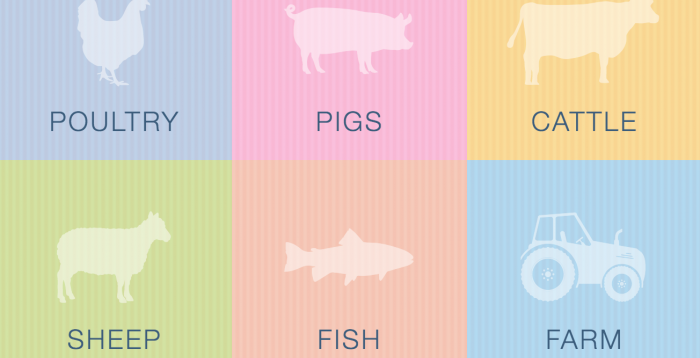The pig sector is on course to meet its post-2020 antibiotic targets, but the focus will soon have to switch to moving sustainable levels of use, rather than minimal use, according to a new report.
The Responsible Use of Medicines in Agriculture (RUMA) alliance has published an update on progress towards the livestock sector antibiotic targets set in 2017.
The UK pig sector remains on course to achieving its 2020 target of 99mg/PCU, having reduced usage by around 60% since data was collated in 2015. The 2018 figure of 110mg/PCU, down from 131mg/PCU in 2017, puts the target in reach, despite significant disease challenges.
It has already achieved its targets for reducing the use of highest-priority Critically Important Antibiotics (HP-CIAs) which is now at ‘an extremely low level’.
“The sector welcomes the industry-wide approach to tackling this issue and is confident it will achieve the ambitious targets while safeguarding animal health and welfare,” the report said.
But it stressed that the ‘caveat to progress is disease’. Over the past year the prevalence of swine dysentery has increased and this is anticipated to have an impact on antibiotic usage levels for 2019 and 2020.
The report also warned that an outbreak of African swine fever (ASF) would have a ‘significant impact on the pig herd’. The restrictions put in place could put increased stocking pressure on units, which may impact on the use of antibiotics, it said.
With the RUMA Targets Task reconvening to set post-2020 antibiotic targets, the report said: “Antibiotics are a necessary tool to treat and control pig disease and zero antibiotic use could seriously compromise animal welfare and therefore should not be a policy goal. For this reason, the sector is working to ensure antibiotics are used optimally, not minimally.
“This means the correct antibiotic, at the correct dose, for the correct duration, to the correct animal(s) by the correct route.”
The report highlighted how the industry is managing diseases with lower antibiotic use, for example, by:
- Targeting therapy on the minimum number of animals for the minimum effective course of treatment, including a substantive shift from in-feed to alternative, more targeted medication, especially water.
- Use of vaccines in the pig sector is already widespread, but continues to evolve and increase. Research is ongoing to develop and evolve the vaccines available to pig producers. Use of autogenous vaccines is also employed where commercial vaccines are not available, or prove ineffective, but practical and cost issues are limitations.
- Improvements in pig flow on the farm, in ventilation of buildings and other management practices continue to show benefits in reducing the need for antibiotics by reducing disease challenge.
Steps to improve pig health to reduce the need for antibiotics include:
- Disease elimination strategies which may involve use of targeted medication for bacterial diseases such as Enzootic Pneumonia, often in association with vaccination and partial depopulation techniques.
- Depopulation/repopulation strategies.
The report stressed that vet practices continue to work closely with their farmer clients, reviewing antibiotic use every quarter and exploring options for antibiotic reduction.
It also noted that there are significant policy changes ahead that will influence antibiotic use, including new EU veterinary medicines and medicated feeds regulations, and the loss of therapeutic zinc oxide.
It said the collection of data via the eMB-Pigs database, which now covers 89% of production and is a Red Tractor requirement, has helped farmers and vets to ‘review, refine and more recently benchmark use and helped drive responsible use of antibiotics’.
It also praised the NPA/AHDB-led #MuckFreeTruck campaign, which has encouraged the entire sector to clean vehicles to a set standard before moving pigs, feed or deadstock from site to site, in order to prevent the spread of diseases via any kind of haulage.
NPA response
NPA senior policy adviser Rebecca Veale said: “This report highlights the fantastic progress made by the pig sector in reducing antibiotic use, including HP-CIAs, in recent years.
“But as thoughts turn to post-2020 targets, it also makes the vitally important point that future targets cannot simply be about further reductions in antibiotic usage – the focus must be on optimal use and ensuring antibiotics are available, as and when needed.”




